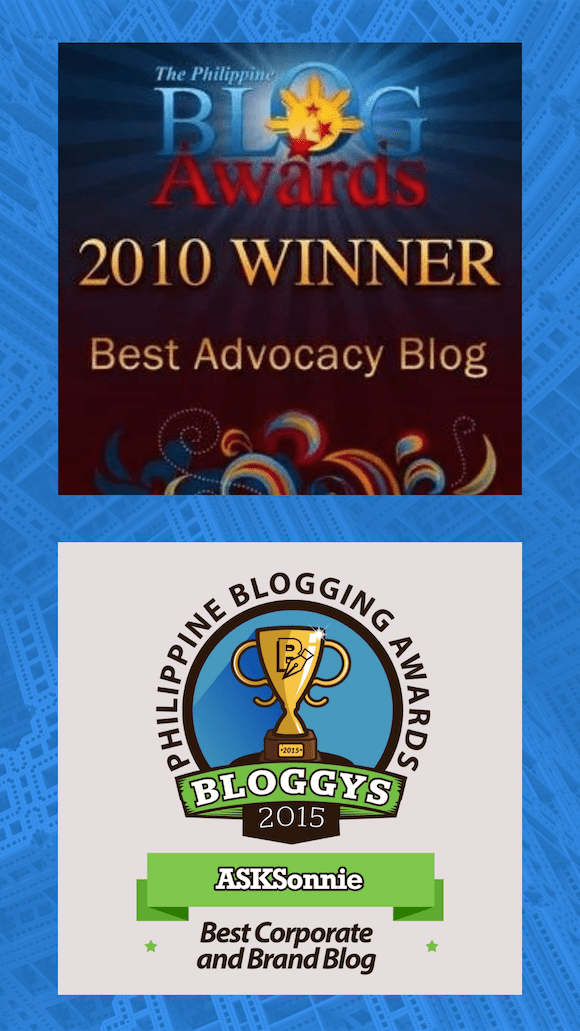Update 3.20.2020: D0 209 CAMP (COVID-19 Adjustment Measures Program for Employees whose Income was Reduced) Questions Answered
3.17.2020: Can Employee Invoke Right to Refuse Work During COVID-19 Pandemic?
3.16.2020: PRRD declares Luzon wide enhanced community quarantine and other COVID-19 updates
3.14.2020: Malacañang released guidelines on Metro wide lockdown with exemptions
3.11.2020: Code Red Sub-level 1 declared in PH after local transmission was confirmed
2.28.2020: DOH Conducts COVID-19 Prevention Seminar for Employers in the Philippines
Department of Health (DOH) issued memorandum 56 to guide companies in responding to the threat of COVID-19.
Not too long ago, I shared with you Department of Labor and Employment (DOLE) Advisory 4 about employers responsibility to prevent the spread of COVID-19 in the workplace. As stated on the advisory, information about the status, prevention and spread of COVID-19, and capability building of concerned individuals, will come from DOH.
On Feb 6, we received a copy of DOH memoranda for different target groups, to help respond to the threat of 2019-nCov ARD. Thanks to an HR 1.0 Mentoring alumna who gave us a copy.
Below is the gist of the memorandum. Important provisions and my thoughts are in red.
General Preventive Measures
- Personal protection and hygiene: The practice of personal cleanliness and hygiene all times of every individual in the community is vital to containing the spread of diseases and protecting the whole community. The following practices should be observed to halt the spread of 2019-nCoV ARD from infected individuals:
- Respiratory etiquette:
- Cough and sneeze into tissue or into shirt sleeve if tissue is not available. Dispose used tissues properly and disinfect hands immediately after a cough or sneeze.
- Avoid touching the eyes, nose, and mouth to help slow the spread ofthe virus.
- The use face masks, which provides a physical barrier from the COVID-19 viruses by blocking large-particle respiratory droplets propelled by coughing or sneezing, are only recommended for:
- Persons caring for the sick
- Healthcare workers attending to patients with respiratory infection/symptoms (cough, colds)
- Persons with respiratory infection/symptoms
- People in good health do NOT need to use face masks.
- Hand hygiene:
- Perform regular and thorough handwashing with soap and water.
- Use alcohol-based hand sanitizers containing at least 60% ethanol or isopropanol when soap and water are not available.
- Respiratory etiquette:
- Social distancing measures:
- Whenever possible, keep a distance of at least 3 feet or 1 meter away from other people to reduce the possibility of person-to-person transmission. This distance should be observed even as to apparently healthy persons without symptoms.
- Offer telecommuting and replace in-person meetings in the workplace with video or telephone conferences.
- Postpone, or cancel mass gatherings until further advice by the DOH.
- Environmental measures:
- Clean frequently-touched surfaces and objects, including tables, doorknobs, desks, and computer keyboards
- Maintaining the environment clean, especially common-use areas and those with touchpoints such as elevators, railings, staircases, light switches, and thelike.
- Make dispensers with alcohol-based hand rub available in public areas.
- Food Safety measures:
- Avoid consumption of raw or undercooked animal products. Handle raw meat, milk or animal organs with care, to avoid cross-contamination with uncooked food, as per good food safety practices.
- When visiting live animal markets, wet markets or animal product markets:
- Practice general hygiene measures, including regular hand washing with soap and potable water after touching animals and animal products
- Avoid touching eyes, nose or mouth with hands
- Avoid contact with (a) sick animals or spoiled animal products (b) other animals possibly living in the market (e.g., stray cats and dogs, rodents, birds, bats) and (c) potentially contaminated animal waste or fluids on the soil or structures of shops and market facilities
- Do not slaughter sick animals for consumption. Bury or destroy dead animals and avoid contact with their body fluids without protective clothes.
Management of Symptomatics
In the event that a worker is suspected of having COVID-19, the employer shall:
- Provide the worker with a face mask to prevent the risk of spreading the infection;
- Immediately isolate the worker in a separate well-ventilated room in the workplace, away from other workers;
- Refer the worker to the company healthcare provider if there is any or to the nearest hospital for evaluation and proper managementifthe history, signs and symptoms are consistent with 2019-nCoV ARD;
- Decontaminate the work area with appropriate disinfectant (e.g. chlorine bleaching solution and 1:100 phenol based disinfectant).
This is consistent with DOLE Advisory that employer is only required to provide face or surgical mask to employees whose workplace are in situations of imminent danger, or employees who are sick. However, it does not restrict employers to distribute PPEs to all employees.
Notification, Referral and Reporting
- The Occupational Safety and Health Officer of the workplace/organization/ company shall report (a) symptomatics (b) asymptomatics with history of travel to China and (c) asymptomatic with history of exposure to the Municipal Health Officer (MHO) or City Health Officer (CHO) for verification and initial investigation.
- The MHO/CHO then report to the Regional Epidemiology Surveillance Unit (RESU) using the Event-Based Surveillance System (ESR) system of the Epidemiology Bureau (EB) of DOH.
Leave Absences and Entitlements
- On Leave of Absence and Entitlements. These shall be governed by pertinent rules and regulations for government workers promulgated by the Civil Service Commission and Department of Labor and Employment.
- On Hospitalization Benefits. These shall be according to the provisions of the PhilHealth for members employed by government instrumentalities and to other laws applicable to specific government personnel.
- On Social Security Benefits. These shall be according to the policies and
regulations ofthe Government Service Insurance System. - On Employee’s Compensation Benefits. These shall be according to Presidential Decree No. 626 entitled Employee’s Compensation and State Insurance Fund and its implementing rules and regulations pertaining to government employees.
- On Assistance to Government Instrumentalities. In terms of information and technical assistance with regard to 2019-nCoV ARD prevention and control, these will be provided by the DOH, its Centers for Health Development and DOH Hospitals.
The Completion of Quarantine for workers who underwent quarantine shall be issued by local quarantine/health official.
Closure of Offices
- Closure of government/private offices or business establishments and other workplaces is NOT recommended as an option to contain 2019-nCoV ARD in the workplace. Declaration of such should await joint assessment by the DOH, Department of Labor and Employment and the Civil Service Commission.
- Contingency or work continuity plans (e.g. decking, skeletal force, etc.) should be activated to ensure non-disruption of work operations.
With the recent eruption of Taal volcano, and now the threat of 2019 Coronavirus, the need for companies to have a business continuity plan is amplified.
Sources of COVID-19 Information and Advisories
- Everyone is advised to refrain from sharing unverified reports and/or false news to avoid undue stress and worry due to misinformation.
- For announcements and public advisories, you may visit the following official DOH channels:
- Website: https://www.doh.gov.ph/2019-nCoV
- Facebook: https://www.facebook.com/OfficialDOHgov/
- Twitter: https://twitter.com/DOHgov
- DOH health promotion materials (e.g. infographics, social media cards among others) may be used and reproduced free of charge to keep communities informed.
Recent Updates from DOH (as of 3.11.20)
Social Distancing
Guidelines for Management and Referrals of Suspected and Confirmed COVID-19 Cases Under Code Red Sublevel 1
Decision Tool for Suspected COVID-19 Patients but without Symptoms
Decision Tool for Suspected COVID-19 Patients and with Symptoms
Discover more from ASKSonnie.INFO
Subscribe to get the latest posts sent to your email.








